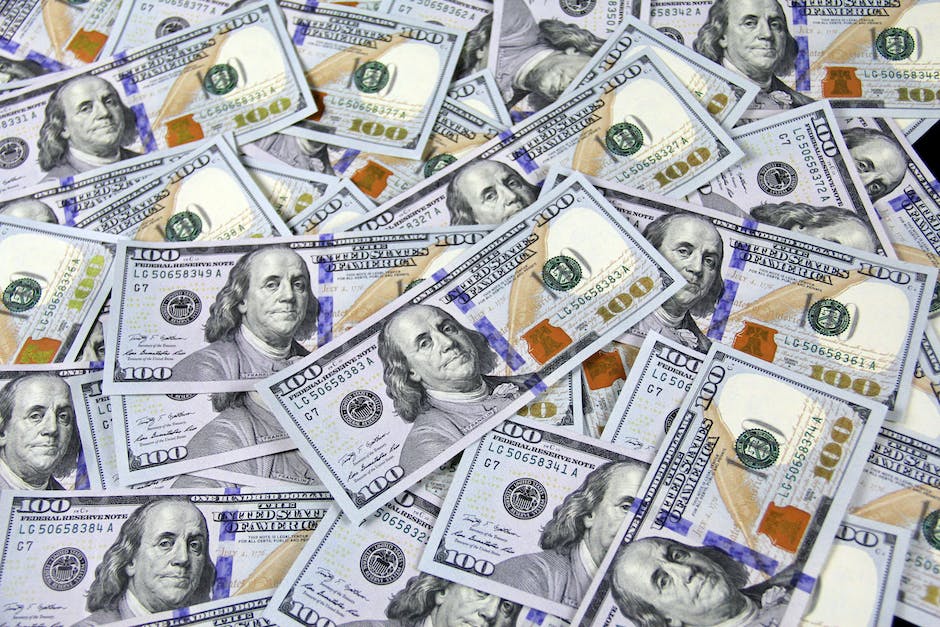Uber Eats, a popular food delivery platform, has become a lifeline for many restaurants, especially in the wake of the global pandemic. However, the cost of partnering with Uber Eats is a subject of ongoing debate. Let's delve into the specifics of how much does Uber Eats charge restaurants.
Explore the behind-the-scenes of Uber Eats' pricing structure for restaurants. Understand the commission, service, and delivery fees, and discover the impact of these costs on restaurant profitability. Learn about Uber Eats' tiered pricing plans and how they can affect your restaurant's bottom line.
How Does Uber Eats Work With Restaurants?
It's made possible through the seamless integration of a mobile app or website. This platform allows customers to explore various menus at their leisure and then place an order for either pickup or delivery.
As soon as the order is in, the restaurant gets to work. The staff roll up their sleeves and start cooking up a storm. Depending on the restaurant's preferences, they might have a dedicated delivery team that could reduce the delivery adjustment fee. Alternatively, they can opt to partner with Uber Eats drivers.
These drivers, working with Uber, are independent contractors. They use their personal vehicles to collect freshly prepared food from the restaurant and transport it to the customer's doorstep. The payment for the meal is conveniently processed through the app or directly with the driver. Plus, customers can share their dining and delivery experiences by leaving ratings and reviews for the restaurant.
How Much Does Uber Eats Charge Restaurants? The Commission Structure
Uber Eats typically charges restaurants a commission based on the gross order value. This commission can range from 15% to 30%, depending on various factors such as the restaurant's location, agreement with Uber Eats, and whether the restaurant uses its own delivery personnel or Uber Eats' drivers.
Variable Costs: Delivery And Service Fees
In addition to the commission, there are other costs involved. If a restaurant opts to use Uber Eats' delivery services, a delivery fee is charged. This fee varies based on the distance between the restaurant and the customer's location.
Moreover, Uber Eats charges a service fee on each order, which is a percentage of the total order value. This fee covers the cost of providing the platform and customer support services.
The Pickup Option
For restaurants that have their own delivery personnel, Uber Eats offers a pickup option. In this case, the commission charged by Uber Eats is typically lower, as the restaurant takes care of the delivery. This option can be a cost-effective alternative for restaurants looking to minimize their expenses.
Geographic Variations
The charges levied by Uber Eats also vary by region. For instance, the commission rates in the UK, Canada, and Australia may differ from those in the US due to differences in market dynamics, local regulations, and operational costs.
The Cost-Benefit Analysis
While the fees charged by Uber Eats might seem steep, it's important to consider the benefits that come with partnering with such a platform. These include increased visibility, access to a larger customer base, and the convenience of a full-fledged delivery infrastructure.
However, each restaurant must conduct its own cost-benefit analysis to determine whether partnering with Uber Eats is a financially viable option. This analysis should take into account the restaurant's profit margins, the potential increase in sales volume, and the costs saved by outsourcing delivery logistics.
The Impact Of Uber Eats On Restaurant Profitability
While the costs associated with Uber Eats can be substantial, it's crucial to consider the potential impact on a restaurant's profitability. Partnering with Uber Eats can lead to increased sales volume, which can offset the costs incurred.
Increased Sales Volume
Uber Eats provides restaurants with access to a vast customer base. This exposure can lead to a significant increase in order volume, especially for restaurants that previously did not offer delivery services. The increased sales volume can help offset the costs associated with the platform's commission and fees.
Expanded Customer Reach
Uber Eats allows restaurants to reach customers beyond their immediate vicinity. This expanded reach can be particularly beneficial for restaurants located in less trafficked areas or those looking to tap into a new market segment. The potential for increased sales from this expanded customer base can outweigh the costs of partnering with Uber Eats.
The Role Of Promotions And Marketing
Uber Eats also offers promotional and marketing opportunities for restaurants. These can include placement in app-based promotions, inclusion in targeted marketing campaigns, and visibility in user searches. While these services may come at an additional cost, they can lead to increased order volume and customer acquisition.
Device Fee: An Overlooked Cost
One of the lesser-known costs associated with Uber Eats is the device fee. Restaurants have the option to rent a tablet from Uber Eats or use their own. Wifi-enabled tablets cost $4.99 per week, while tablets with data are $6.99 per week. This fee, though seemingly small, can add up over time and should be factored into the overall cost of partnering with Uber Eats.
The Tiered Pricing Plan
Uber Eats offers a tiered pricing plan for restaurants. Under the "Plus" plan, restaurants pay 25% per delivery and will appear on Uber Eats' home screen or website. They will also be included in the company's Uber Pass program. This plan offers more visibility to potential customers but comes with a higher commission rate.
Uber Eats charges a "Small Order Fee" when an order's subtotal is less than a certain amount. This fee goes towards the use of Uber's services. While it may not seem significant on an individual order, it can add up over time, especially for restaurants that frequently have smaller orders.
The Impact Of Marketing Fees
Restaurants may be required to pay a fee to participate in Uber Eats' marketing campaigns or promotions. While this can lead to increased visibility and potentially more orders, it is an additional cost that restaurants need to consider when evaluating the overall cost of partnering with Uber Eats.
Uber Eats offers three different plans for restaurants: Lite, Plus, and Premium. The Lite plan offers a lower commission rate of around 15% of the total order value. The Plus plan comes with a steeper commission rate at 25% of the total order value but offers more exposure on the Uber Eats app. The Premium plan takes a 30% commission fee from the total order value, places your business higher in the Uber Eats app, and matches extra ad spend up to $100. Each plan has its own benefits and costs, and restaurants should carefully consider which plan is the best fit for their business.
Frequently Asked Questions
To provide a better understanding of how much does uber eats charge restaurants, we have answered some of the most commonly asked questions.
What is the average commission that Uber Eats charges restaurants?
On average, Uber Eats charges restaurants a commission ranging from 15% to 30% on each order.
What other fees does Uber Eats charge restaurants?
In addition to the commission, Uber Eats may charge a delivery fee, a service fee, and a marketing fee. There may also be a device fee if the restaurant rents a tablet from Uber Eats.
Does Uber Eats offer different plans for restaurants?
Yes, Uber Eats offers three different plans: Lite, Plus, and Premium. Each plan has different commission rates and benefits.
What is the Small Order Fee on Uber Eats?
The Small Order Fee is a charge that applies when an order's subtotal is less than a certain amount. This fee goes towards the use of Uber's services.
Can restaurants negotiate the fees with Uber Eats?
It may be possible for restaurants to negotiate the fees with Uber Eats, but this would depend on the individual agreement between the restaurant and Uber Eats.
Is it worth it for restaurants to partner with Uber Eats?
This depends on the individual restaurant. While there are costs associated with partnering with Uber Eats, many restaurants find value in the increased exposure and sales volume that the platform can provide.
Understanding Uber Payments To Restaurants
While the costs associated with Uber Eats can be substantial, they must be weighed against the potential benefits. Increased sales volume, expanded customer reach, and promotional opportunities can all contribute to a restaurant's profitability. Each restaurant must conduct a thorough analysis to determine if the potential increase in revenue outweighs the costs associated with the platform.
The question of "How much does Uber Eats charge restaurants?" is multifaceted. It's not just about the fees and commissions but also about the potential for increased sales and exposure. By carefully considering these factors, restaurants can make an informed decision about whether partnering with Uber Eats is the right move for their business.
Discover more ride-sharing solutions by checking out our comprehensive guide on how much to tip Uber Eats Visit Keep Driving and explore our resources to learn more about the automobile industry.







